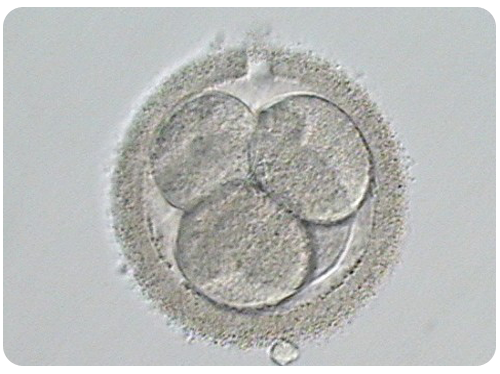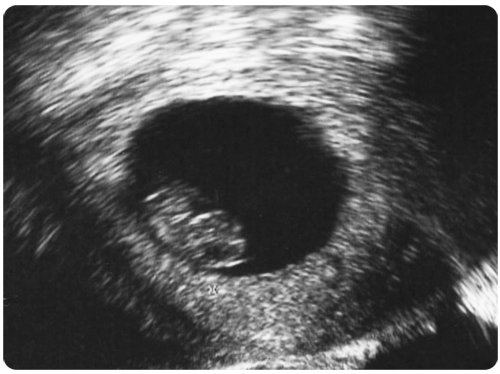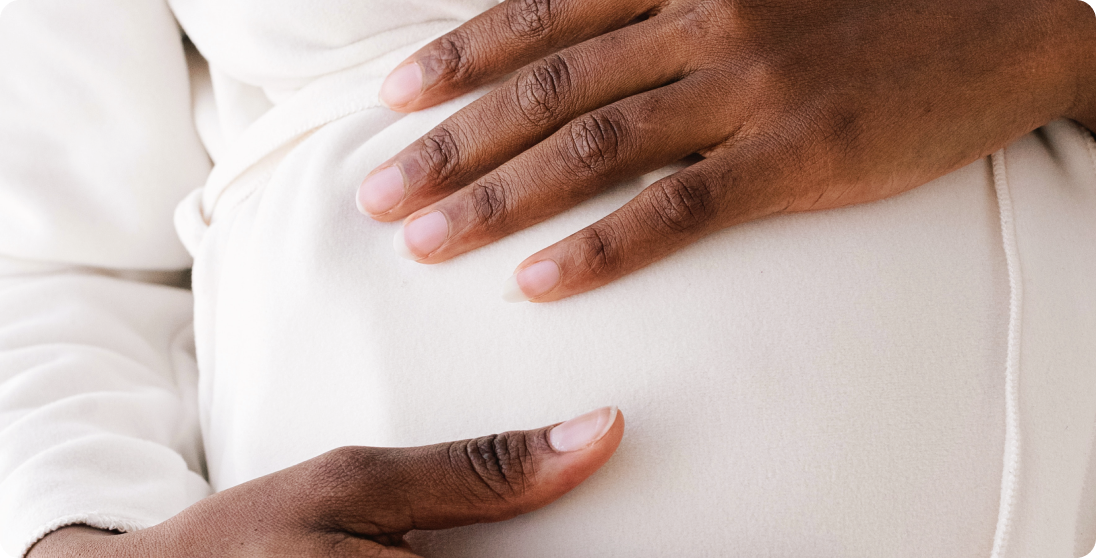


Frozen Embryo Transfer Process
Embryo cryopreservation, storage, and the Frozen Embryo Transfer process are done on-site at Bay IVF


Reproductive treatments may include embryo freezing (cryopreservation, vitrification), and the storage of frozen embryos in liquid nitrogen. At a later date, the stored embryos can be thawed and transferred into the uterus.
Vitrification uses extremely high cooling rates. Water is transformed directly from the liquid phase to a glassy vitrified state. The definition of vitrification is the solidification of a solution at a low temperature, not by ice crystallization but by extreme elevation in viscosity during cooling.
In the past, with “slow” freezing methods, about half of the embryos did not successfully survive the cryopreservation-thawing process. With vitrification, the embryo survival rate is very close to 100%. At Bay IVF, we use the vitrification method exclusively for embryo cryopreservation.
If you have embryos intended for cryopreservation, they will be cultured to the blastocyst stage (day 5-7 embryos) and then vitrified.
Conceiving with your cryopreserved embryos will require the Frozen Embryo Transfer process. Embryo cryopreservation, thawing, and Frozen Embryo Transfer are very safe. Hundreds of thousands of babies have been born worldwide from cryopreserved embryos.
There is no indication of any increase in the rate of birth defects, and the implantation rate of the thawed embryos is equal to the “fresh,” unfrozen embryo implantation rate.
The Frozen Embryo Transfer procedure step by step:
- Preparation of the endometrial lining
- Thawing and culture of cryopreserved embryos
- Assisted embryo hatching
- Embryo transfer
- Implantation
Preparation of the Endometrial Lining: There are several different forms of endometrial lining stimulation protocols, each with many modifications. Your treatment is always individualized.
Below is an example of endometrial stimulation protocols used at Bay IVF. Your cryopreserved embryo transfer cycle may take less or more time to complete.

The treatment begins with taking oral contraceptives. They are started within the first four days of the beginning of a menstrual cycle. A few days after the last pill, you will have a menstrual period, and the endometrial stimulation will begin at that time.
Oral and injectable medications are used to prepare your endometrial lining for the transfer of frozen-thawed embryos. The endometrial lining preparation is straightforward, and you should not expect any side effects.
Thawing and Culture of Cryopreserved Embryos: You will need to decide and communicate to us whether you would like to thaw and transfer one or two embryos. Please let us know if you need help with this decision.
Selecting one or two embryos will eliminate the risk of a high-order multiple pregnancy (triplets or more). With this approach, most pregnancies from cryopreserved embryos are single-baby pregnancies.
Assisted Hatching: Assisted hatching is a laboratory procedure used to create a “weak spot” in the eggshell of an embryo. Since embryo freezing commonly hardens the embryo’s eggshell, assisted embryo hatching is always a part of the Frozen Embryo Transfer treatment.
This picture shows an embryo after assisted embryo hatching with an opening breaching the eggshell at the 12 o’clock position.

Embryo Transfer: Just before your embryo transfer, the embryos are placed into the tip of a thin embryo transfer catheter. The catheter is then passed through the cervical canal to within 15 mm of the top of the uterine cavity, and the embryos are gently released.
Implantation: What happens after Frozen Embryo Transfer? After the embryo transfer, the endometrial lining gently holds the embryo(s) at the top of the uterus. There is no restriction on your physical activity.
A blood pregnancy test is done ten days after the embryo transfer. If the pregnancy test is positive, an ultrasound examination is scheduled two weeks later to visualize the implantation site and look for a heartbeat within the embryo. Once a heartbeat is seen, there is a 95% probability that the pregnancy will continue to live birth.

This ultrasound picture shows a six-week pregnancy. The pregnancy sac is 25 mm in diameter. The baby inside the sac is only 13 mm long. It is already possible to distinguish the baby’s head and body and to see the cardiac activity.
There is no increased risk of birth defects in pregnancies from cryopreserved embryos compared with conceptions conceived through intercourse or using “fresh” embryos.
Supplementation of estrogen and progesterone must continue until the placenta produces enough estrogen and progesterone to sustain the pregnancy. You will be closely monitored for 6 to 8 weeks as this transition takes place. Once all medications are discontinued, you will be referred to your OB doctor for the remainder of your obstetrical care.
At this point, your pregnancy becomes indistinguishable from conception through intercourse, and your obstetrical care should be no different than if you conceived without any treatment.
Meet Your Doctor

- Dr. Polansky received his medical diploma from Charles University in Prague, the Czech Republic, in 1978.
- After completing his OB/GYN residency at Jewish Hospital in Saint Louis, MO, he graduated from the Reproductive Endocrinology and Infertility (REI) fellowship at Stanford University in 1985.
- In the same year, he co-founded the Stanford IVF Clinic.
- Dr. Polansky obtained board certification in Obstetrics and Gynecology in 1986 and became REI subspecialty board certified in 1988.
- In 1987, he left Stanford University and established Nova IVF.
- In 2011, he founded Bay IVF, where he provides advanced fertility treatments with a holistic approach, utilizing state-of-the-art techniques.
- Dr. Polansky personally performs ultrasound examinations, egg retrievals, embryo transfers, and ovarian and endometrial stimulations for his patients.
- He is deeply committed to his patients and freely shares his cell phone number, ensuring accessibility and availability 24/7.
Frank Polansky, M.D.



Initial Appointment Questions
When you call to schedule your consultation, one of our Front Office Coordinators will ask you a short series of questions regarding your reproductive history.
Your Initial Visit at Bay IVF
Attending a new patient appointment at a fertility clinic can be stressful. Our primary objective is to ensure that your initial visit is friendly and relaxing. We encourage you to ask questions at every step of the process.

1 — When You Arrive
You will be welcomed by one of the clinic receptionists. One of our nurses will measure your height and weight and take your blood pressure

2 — Meet Your Doctor
Dr. Polansky will ask you a series of clarifying questions and then provide you with a summary of the factors contributing to your infertility

4 — Exam Room
One of the nurses will escort you to an examination room. Your examination will begin with listening to your lungs and heart

3 — Ask Your Questions
You will then have a discussion with him about the most suitable reproductive treatment(s) for you. During this time, you will have the opportunity to ask any questions you may have

5 — Ultrasound of the Ovaries
The next step is a pelvic ultrasound to examine the uterus and ovaries. This ultrasound will help determine the number of antral follicles present within the ovaries

6 — Financial Part
Following that, you will have a discussion with one of the financial advisors regarding the financial aspects of your treatment, including potential treatment financing options

8 — Support 24/7
If you have any questions after leaving the clinic, please feel free to reach out to us via phone call, text, or email. Open and discreet communication is an integral part of the care we provide at Bay IVF

7 — What About Time?
Your entire visit is expected to last approximately one hour


Schedule Your Initial Consultation With Dr. Polansky
Online (free) or In-Person
Call or Text Us: 650-322-0500
You can also complete the form below to request your initial consultation


We look forward to meeting you at Bay IVF and, when your treatment is successful, celebrating your new pregnancy!








